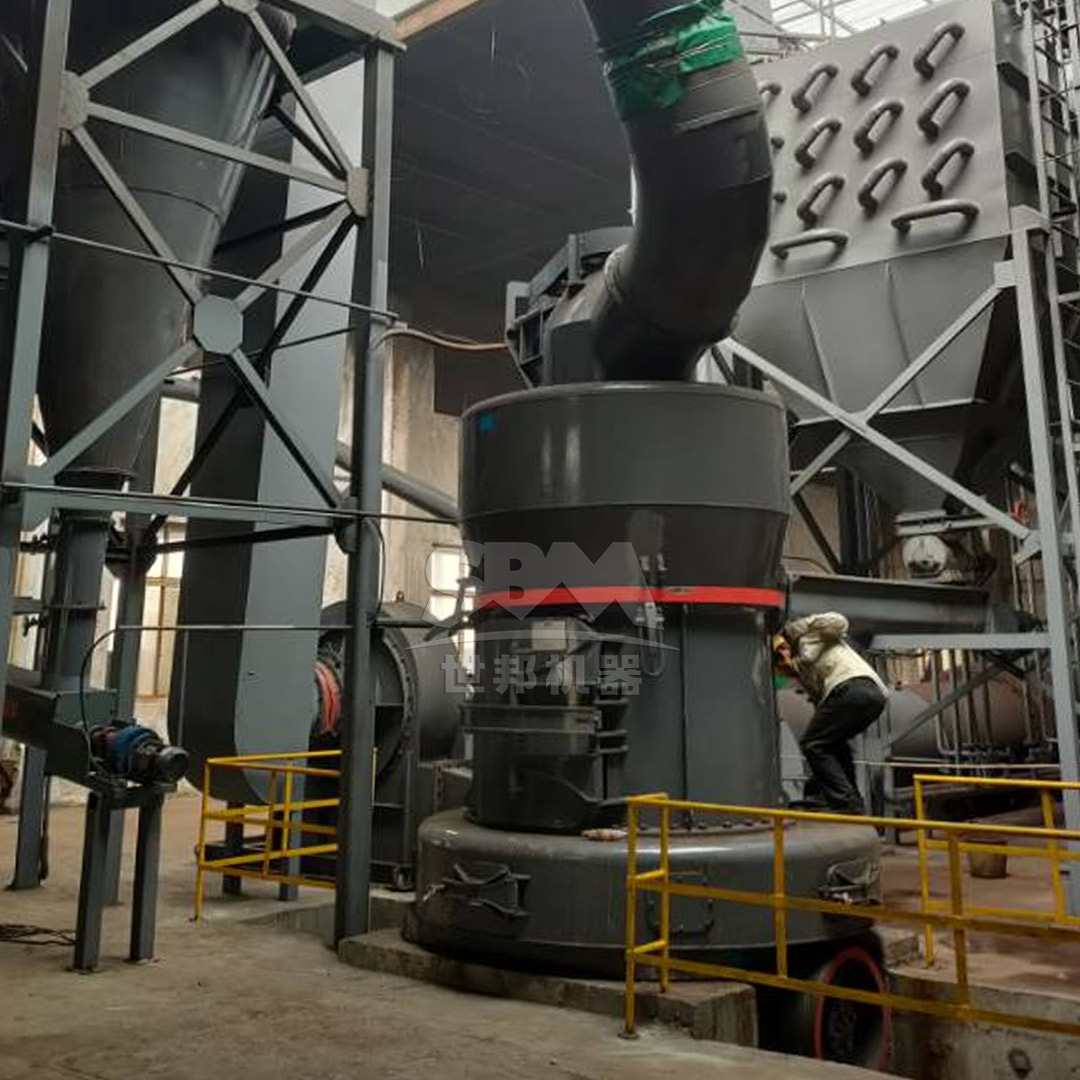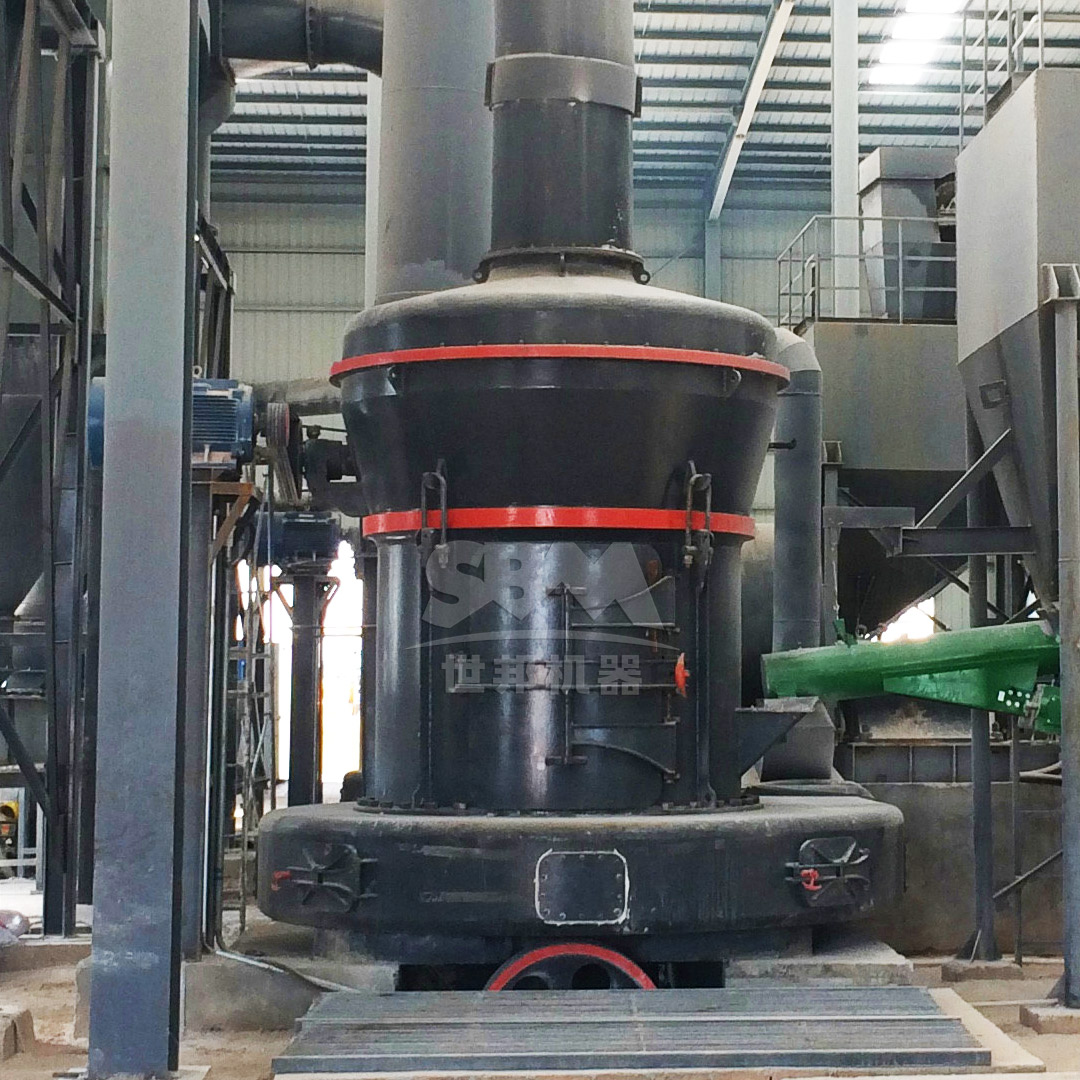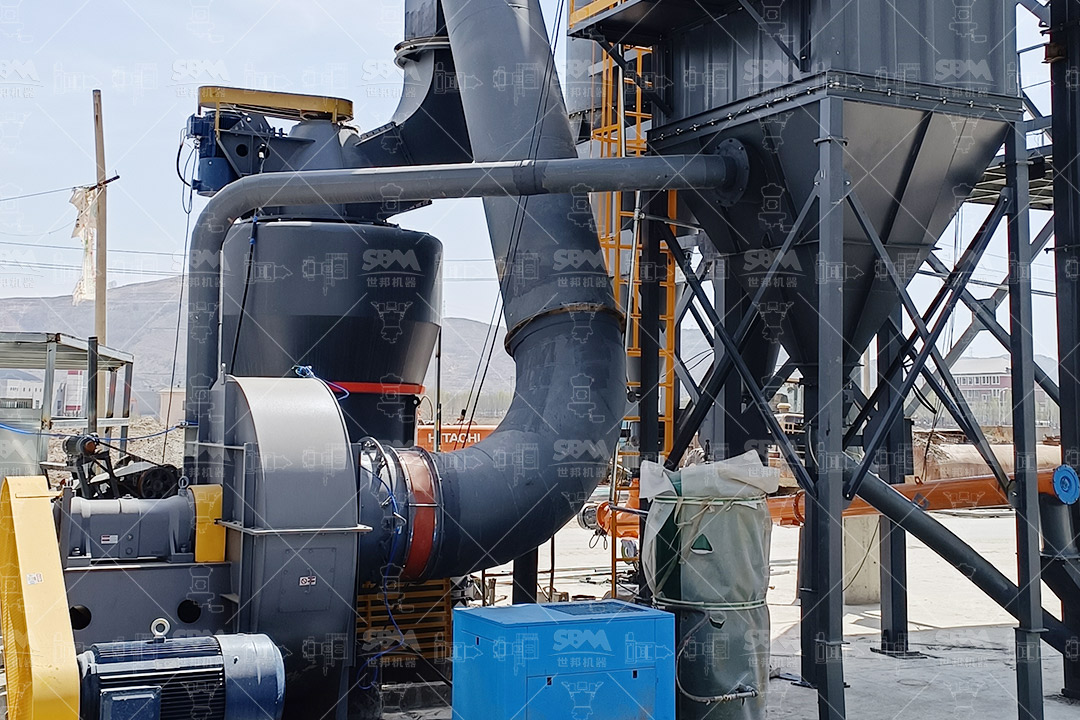The electronics industry’s relentless pursuit of miniaturization and performance has placed unprecedented demands on material purity, particularly for quartz-based components. High-purity quartz serves as the foundation for critical electronic applications ranging from semiconductor substrates and optical fibers to precision oscillators and sensors. The processing of quartz to meet these stringent requirements represents one of the most challenging frontiers in materials engineering, where conventional grinding technologies often fall short in delivering the necessary particle size distribution, chemical purity, and morphological characteristics.
Quartz’s unique piezoelectric properties, thermal stability, and electrical insulation characteristics make it indispensable across multiple electronics sectors. In semiconductor manufacturing, high-purity quartz crucibles contain molten silicon during crystal growth, requiring exceptional chemical inertness to prevent contamination. For frequency control devices, the precise crystalline structure of processed quartz determines the stability and accuracy of timing components in everything from consumer electronics to aerospace systems.
The transition to smaller process nodes in semiconductor fabrication and the development of advanced packaging technologies have further elevated purity requirements. Contamination levels that were acceptable a decade ago now represent critical failure points in modern devices. Metallic impurities, even at parts-per-billion concentrations, can create leakage paths, alter dielectric properties, or catalyze unwanted reactions during high-temperature processing.
Processing quartz for electronics applications presents multiple technical hurdles that conventional milling equipment struggles to overcome. The inherent hardness of quartz (7 on the Mohs scale) leads to rapid wear of grinding media, introducing metallic contamination that compromises material purity. Additionally, the brittle nature of quartz creates challenges in achieving consistent particle size distributions without excessive fines generation.
Thermal management represents another critical consideration. Excessive heat generation during grinding can induce phase transformations or create surface defects that affect downstream processing. Furthermore, the need for precise control over particle morphology—specifically avoiding sharp, angular particles that can cause handling issues or affect packing density—requires advanced milling technologies capable of controlled fracture mechanisms.
| Processing Challenge | Impact on Electronics Applications | Conventional Solution Limitations |
|---|---|---|
| Metallic Contamination | Reduced device yield, altered electrical properties | High wear rates introduce iron, chromium contamination |
| Particle Size Distribution Control | Affects packing density, sintering behavior | Limited classification precision, broad distributions |
| Thermal Damage | Phase transformations, surface defects | Inefficient cooling, excessive energy input |
| Morphology Control | Handling characteristics, flow properties | Uncontrolled fracture creates angular particles |

Pendulum mills represent a significant advancement in quartz processing technology, offering precise control over the grinding environment while minimizing contamination risks. The fundamental operating principle involves suspended grinding rollers that exert controlled pressure on a grinding ring, creating a combination of compression and shear forces that efficiently reduce quartz particles while maintaining chemical integrity.
The pendulum mill’s unique kinematic motion—where grinding rollers simultaneously rotate around their own axis and travel along the grinding ring—creates a highly efficient grinding mechanism with minimal sliding friction. This reduces both energy consumption and wear-induced contamination. The controlled motion pattern also generates a more uniform particle size distribution with fewer ultra-fine particles, addressing one of the key challenges in quartz processing for electronics applications.
Contemporary pendulum mill designs incorporate multiple technological innovations specifically addressing the requirements of high-purity quartz processing. Integrated air classification systems provide real-time control over particle size distribution, allowing operators to target specific fineness requirements without overgrinding. Advanced sealing technologies prevent environmental contamination while sophisticated cooling systems manage thermal loads to preserve quartz’s crystalline structure.
Material selection represents another critical advancement. Modern pendulum mills utilize specialized ceramic, polyurethane, or zirconia-based wear components that dramatically reduce metallic contamination. When metallic components are necessary, they’re often constructed from high-chromium alloys or other specialized materials with exceptional wear resistance, significantly extending service intervals and reducing maintenance-induced contamination risks.

For applications demanding the highest levels of fineness and purity, the SCM Ultrafine Mill represents the pinnacle of pendulum mill technology. With the capability to achieve output fineness ranging from 325 to 2500 mesh (D97 ≤ 5μm), this system addresses the most stringent requirements of advanced electronics manufacturing. The mill’s vertical turbine classifier enables precise particle size切割, ensuring consistent product quality without coarse particle contamination.
The SCM series incorporates several innovations specifically beneficial for quartz processing. Its special material roller and grinding ring assembly extends service life multiple times compared to conventional systems, dramatically reducing metallic contamination risks. The intelligent control system with automatic feedback on product fineness ensures consistent performance, while the pulse dust collection system exceeds international standards for environmental protection.
| SCM Model | Processing Capacity (ton/h) | Main Motor Power (kW) | Output Fineness (mesh) | Recommended Application |
|---|---|---|---|---|
| SCM800 | 0.5-4.5 | 75 | 325-2500 | R&D, pilot production |
| SCM1000 | 1.0-8.5 | 132 | 325-2500 | Medium-scale production |
| SCM1250 | 2.5-14 | 185 | 325-2500 | Standard production line |
| SCM1680 | 5.0-25 | 315 | 325-2500 | Large-scale industrial production |
For operations requiring high throughput while maintaining precise control over product quality, the MTW Series Trapezium Mill offers an optimal balance of capacity and precision. With processing capabilities ranging from 3 to 45 tons per hour and output fineness adjustable from 30 to 325 mesh, this system serves a broad spectrum of quartz processing applications. The mill’s curved air channel design minimizes energy loss while improving material transport efficiency, contributing to overall energy savings of up to 30% compared to conventional systems.
The MTW series incorporates several proprietary technologies that enhance its suitability for high-purity quartz processing. Its combined shovel design reduces maintenance requirements while extending roller service life. The integral transmission with bevel gears achieves 98% transmission efficiency, reducing energy consumption and minimizing potential contamination points. The wear-resistant volute structure further enhances operational reliability while lowering long-term maintenance costs.
Integrating pendulum mills into quartz processing workflows requires careful consideration of upstream and downstream unit operations. Effective pre-processing through jaw crushers or other primary reduction equipment ensures optimal feed size distribution, maximizing pendulum mill efficiency while minimizing wear. Intermediate storage and feeding systems must maintain consistent material flow to prevent operational instability that could affect product quality.
Downstream classification and collection systems play an equally critical role. Advanced cyclone separators and baghouse filters must be precisely matched to the pendulum mill’s operating characteristics to ensure efficient product recovery while maintaining the stringent purity standards required for electronics applications. Integration with sophisticated material handling systems prevents recontamination of processed material during transfer to packaging or subsequent processing stages.
Verifying quartz powder quality for electronics applications requires comprehensive analytical capabilities. Laser diffraction particle size analyzers provide detailed information on particle size distribution, while scanning electron microscopy offers insights into particle morphology and surface characteristics. Chemical purity assessment typically involves inductively coupled plasma mass spectrometry (ICP-MS) for trace metal analysis and various spectroscopic techniques for detecting crystalline imperfections or phase impurities.
Advanced pendulum mills often incorporate real-time monitoring systems that track critical operational parameters, including grinding pressure, classifier speed, and temperature profiles. This data, combined with periodic offline analysis, enables the establishment of robust statistical process control protocols that ensure consistent product quality and facilitate rapid identification of process deviations.

The adoption of advanced pendulum mill technology offers significant economic advantages beyond improved product quality. The enhanced energy efficiency of modern systems, with specific energy consumption reductions of 30-50% compared to conventional technologies, translates to substantial operational cost savings. Reduced wear part consumption and extended maintenance intervals further contribute to lower operating costs while minimizing production disruptions.
Environmental performance represents another critical consideration. Modern pendulum mills incorporate comprehensive dust collection systems that typically achieve collection efficiencies exceeding 99.9%, ensuring compliance with the most stringent environmental regulations. Advanced noise reduction technologies, including acoustic enclosures and vibration damping systems, maintain operational noise levels below 75 dB, creating safer working environments while facilitating integration into diverse industrial settings.
The evolution of pendulum mill technology continues to address emerging requirements in quartz processing for electronics applications. Ongoing research focuses on further reducing energy consumption through optimized grinding kinematics and improved classification efficiency. The integration of artificial intelligence and machine learning algorithms enables predictive maintenance and real-time process optimization, further enhancing operational reliability and product consistency.
Material science advancements continue to yield new wear-resistant materials that extend component service life while further reducing contamination risks. The development of specialized ceramic and composite materials promises to push contamination levels to even lower thresholds, supporting the electronics industry’s relentless drive toward smaller feature sizes and higher performance standards.
Pendulum mill technology represents a critical enabling technology for the production of high-purity quartz powders meeting the exacting requirements of modern electronics applications. Through precise control over particle size distribution, minimized contamination risks, and optimized energy efficiency, these advanced milling systems support the continued advancement of electronic devices across multiple sectors. As technology continues to evolve, pendulum mills will undoubtedly play an increasingly vital role in bridging the gap between raw quartz materials and the sophisticated components that power our digital world.
The selection of appropriate pendulum mill technology, whether the ultra-fine capabilities of the SCM series or the high-efficiency processing of the MTW series, must be guided by specific application requirements, production scale considerations, and long-term operational objectives. Through careful technology selection and proper integration into comprehensive processing workflows, manufacturers can achieve the precise material characteristics necessary to support next-generation electronic devices while maintaining competitive operational efficiency.